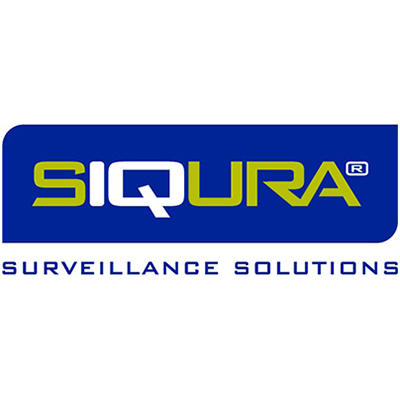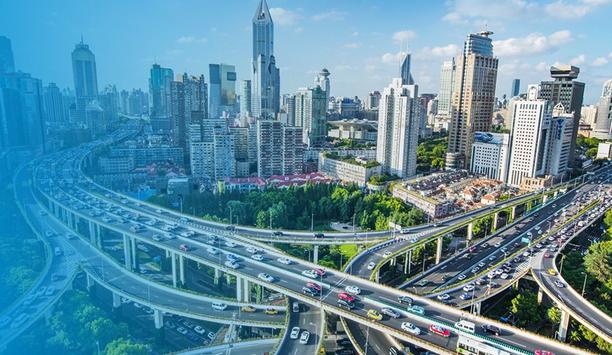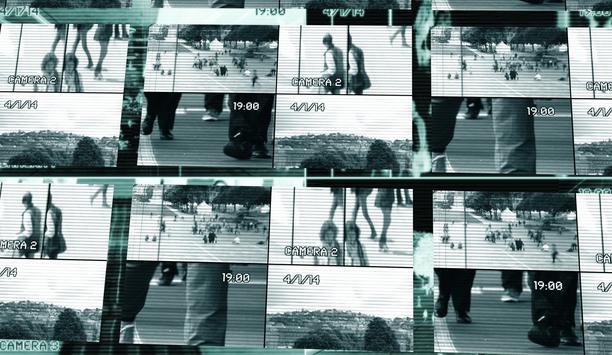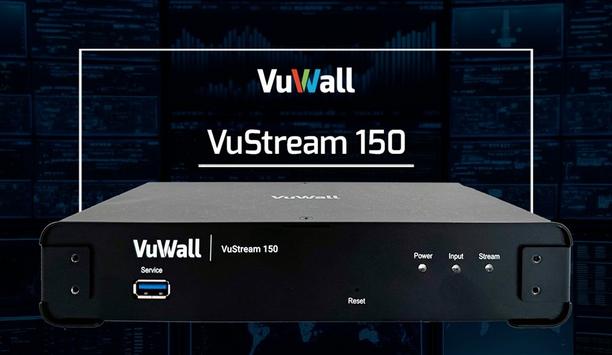The Network’s Nucleus
Product Profile
Streamlining commerce, cars, and safety
Dubai is incontestably one of the most financially pivotal cities in the Gulf region, but any businessman will tell you that sitting in a traffic jam in the sweltering desert heat is certainly not what makes the city a success. Yet, since Dubai absorbs a good deal of the interchange between international companies, this worldly city has inevitably been confronted with growing rates in traffic accidents and congestion.
However, the Dubai Roads and Transport Authority (RTA) has definitely not stood still while cars pile up in their seaside city. Rather, they took direct action to reduce mishaps and bottlenecks by introducing a state-of-the-art intelligent traffic system (ITS). The system has been instrumental in decreasing traffic collisions as well as improving traffic flow.
FALCON in flight
RTA contracted Scientechnic, a leading project engineering and system installation company, to undertake the implementation of an ITS throughout Dubai's traffic infrastructure. This system is known as the Freeway and Local Coordinated Operations Network (FALCON) and the project entailed designing a system capable of transmitting large amounts of real-time data from various sources, such as sensors and cameras, over an IP fibre optic network. Ultimately, the system has come to include a number of cutting-edge traffic technologies, including automatic incident detection (AID) and centralised traffic management.
An intelligent infrastructure
Tasked with the construction of a robust traffic management system, Scientechnic designed a fully integrated network, incorporating the existing infrastructure, such as arterial and expressway traffic signals, as well as a plethora of new technologies into the ITS. In order to realize these plans, an IP network had to replace the existing point-to-point analog system. This required innovative technology that could both cleverly connect the enormous number of streams involved and handle the extreme heat of the region's climate. It was clear that a smart and sturdy switch was vital to the success of this project.
In general, switches are the nucleus of a network. They receive and analyse data packets so as to appropriately dispatch the information to the relevant locations. A good switch is capable of both ensuring quality network performance and conserving bandwidth. Yet with the vast and varied data packets being sent over Dubai's ITS network and the need for a switch that could function in such high temperatures, finding just the right hardware to carry out the task at hand was a project all on its own.
Ultimately, the solution was made possible through Siqura, a leading global supplier of advanced video surveillance solutions, which provided the FALCON project with its Siqura® XSNet™2800 SW switches.
As Scientechnic's Brijesh Moothat explains: "The Siqura switches fit seamlessly into our entire project, and the local support from Siqura provided a key resource in designing this architecture. The XSNet 2800 SW switch was chosen due to its capability of performing in a high operating temperature. The Gulf countries, being one of the hottest places during summer, require that all field equipment can endure an extended temperature range. Siqura XSNet switches have an operating temperature of up to 75° C, which makes them suitable for operation in the Middle East."
Directing traffic in Dubai
Once united by Siqura switches, Dubai's ITS revolves around servers, field devices, system applications, and management and viewing software, each part helping to make traffic flow safer and more efficient.
Populating the streets of Dubai are a number of sensors and cameras, which are connected to a CCTV system and servers. While, on the one hand, these devices allow operators in a control room to monitor the overall traffic situation, dedicated servers also apply incident detection algorithms to the video. These algorithms enable the system to detect an array of events, from pedestrians, stopped vehicles, wrong-way drivers, and lost cargo to queuing, speed drops, and even the presence of smoke. Detected incidents can then trigger alarms to alert operators, as necessary.
From centralised control rooms, operators can then instantly evaluate the severity of a situation and respond quickly and confidently. This may entail adjusting lane control signs, variable speed signs, or dynamic message signs (DMS) as well as informing authorities, such as the police, fire department, or emergency medical services.
The Dubai ITS also includes an option for traffic authorities to define and customize emergency protocols for specified events, such as a fire in a tunnel. Equipped with such precise and prepared response plans, operators can competently and consistently initiate just the right reaction to possible occurrences. In this way, traffic in Dubai can continue more smoothly and safely, despite obstructions or mishaps.
Motorists themselves benefit twofold from this intelligent and integrated traffic management system. First of all, since traffic is directed effectively through DMS and variable lane and speed signs, bottlenecks in Dubai are less of a burden. Additionally, up-to-date traffic information is made available to drivers via a graphical user interface on the Web, in information kiosks, or text messaging services. As a result, travellers can plan their route so as to literally steer clear of any congestion.
Reliable roads
As business and commerce in the Middle East expand at astonishing rates, roads are jamming up almost as soon as they open. Worldwide, gridlock and traffic jams continue to detrimentally impact people's lives as well as the economy. Yet drivers hitting the highways in Dubai today can now depend on the ITS, implemented by Scientechnic and connected through Siqura switches, to make it easy to get where they're going. The ease with which authorities, operators, and travellers alike can plan and react to traffic situations reveals once more just how helpful innovative traffic technologies can be.
Technical Specification
| Make | Siqura |
|---|---|
| Manufacturer | Siqura B.V. |
| Category | Video Surveillance>Video servers (IP transmission) |
| Model code | XSNet 2800 SW |
| Interface | 8x 10/100Base-TX |
| Physical Specifications |
Dimensions mm: 128 x 71 x 190 Weight g: 900 |
| Electrical Specifications |
Power Consumption: 10 W Voltage: 11 ~ 16 V DC |
| Environmental Specifications |
Operating Temperature oC: -40 ~ +74 Operating Humidity %: <95 |
| Download PDF version Download PDF version | |
Related Whitepapers
The Benefits of Edge AI + Cloud For Security Systems
Video Technology: Making Cities Safer & Improving Lives
Choosing the Right Storage Technology for Video Surveillance







